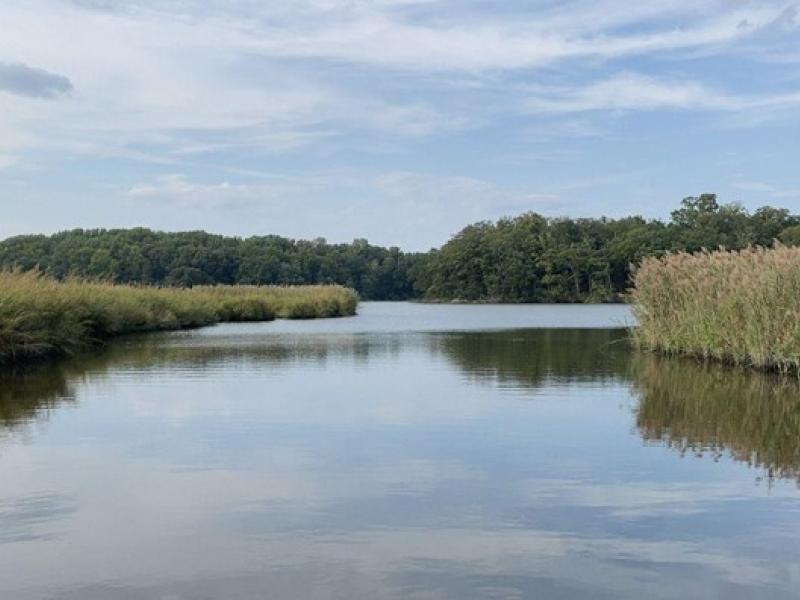
Coastal Science
Coastal Science
PNNL researchers focus on ways to detect and prevent threats that could affect infrastructure along coastlines due to flooding, storm surge, and tsunamis.
Andrea Starr | Pacific Northwest National Laboratory
Although coastal zones compose only 17 percent of U.S. land area, they house more than half the country’s population and a wealth of natural and economic resources. Coastal zones—and their infrastructure, harbors, and ecosystems—regularly experience a myriad of disturbances, including flooding, storm surge, and tsunamis. As coastal populations and the energy infrastructure needed to support them continue growing, so does the need for assessing the effects of storms and other disturbances.
With many of its programs focused on the links between terrestrial and aquatic ecosystems, Pacific Northwest National Laboratory (PNNL) delivers integrative science, modeling, analytical tools, and expertise to prevent and reverse ecosystem declines. Researchers focus on ways to detect and mitigate impacts to coastlines, in part by turning environmental data into actionable intelligence.
Supporting this work are PNNL’s capabilities in Earth system science and modeling, hydrology, biogeochemistry, physics, and biotechnology.
PNNL researchers also develop tools and make discoveries for harnessing the abundant energy present in coastal environments. From the renewable power in waves, tides, and currents to biofuel feedstocks from algae, this research supports increased energy resilience for all Americans.
A key component of PNNL’s coastal science research is PNNL-Sequim, located at the mouth of Sequim Bay in Washington State. PNNL-Sequim is the Department of Energy’s only marine research and development facility. Work done at PNNL-Sequim provides valuable advances in marine science across energy, environment, and national security areas.




